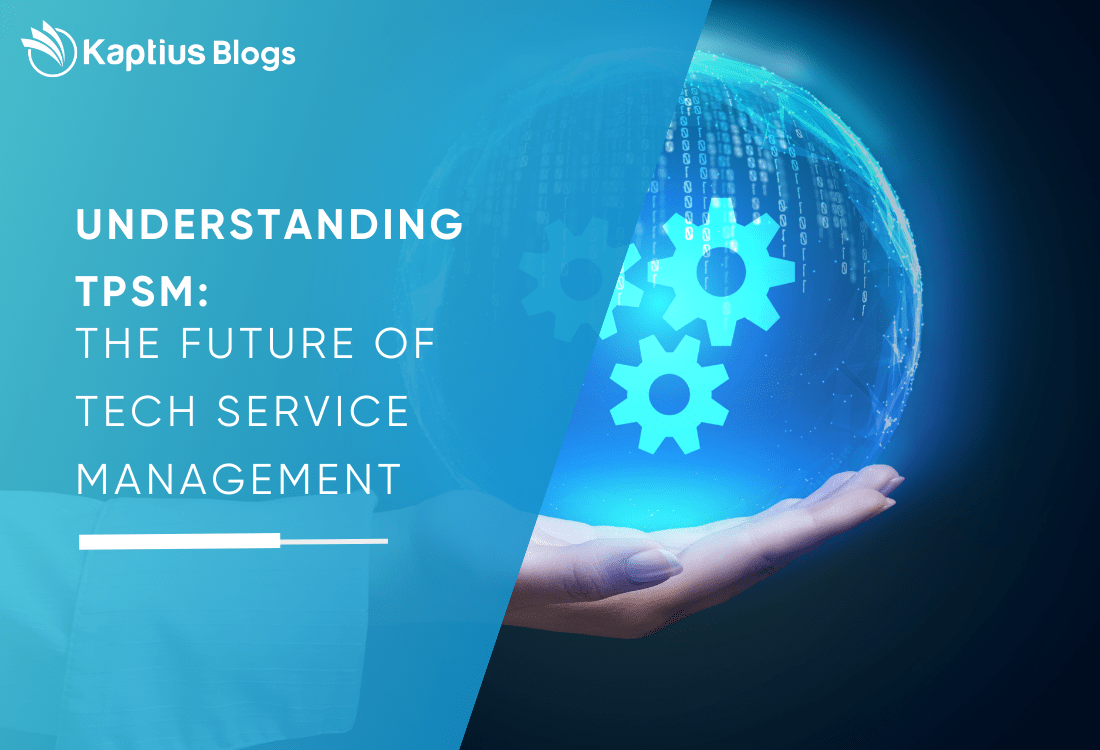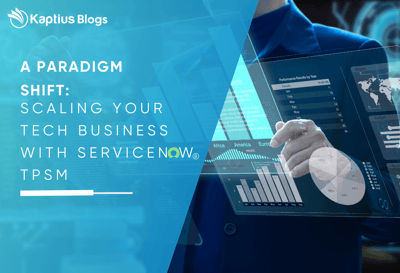Developing IT Service Management (ITSM) infrastructure requires investment. It therefore makes sense to do as much as possible to maximise the return on that investment. With that in mind, here are 6 strategies to future-proof your IT service management infrastructure.
Design Scalable Infrastructure
Building scalability in IT infrastructure is an essential part of future-proofing. Scalability is what enables businesses to adapt their infrastructure to their changing needs with minimal cost and disruption.
Implementing scalable infrastructure can also help businesses to survive and thrive going forward into the future. Firstly, it is highly cost-efficient. Secondly, it has inbuilt resilience to incidents that generate spikes in traffic. These happen for many reasons including legitimate peaks in demand, hardware failures, software issues and cyberattacks.
Leverage Automation And AI Integration
Automation existed before AI but AI has made it possible to expand the use of automation beyond just routine processes. It can now add real value to your service delivery and provide better insights into your IT operations.
In the context of future-proofing your IT service management infrastructure, the main benefit of automation and AI integration is that it enables faster response times. It also reduces the risk of human error and allows humans to focus on the areas where they add the most value.
Use Agile And DevOps Approaches
The Agile methodology emphasises rapid, iterative development. Each release builds on the next according to the project plan and customer feedback. The DevOps methodology emphasises the importance of collaboration between the development and operations teams. It promotes a culture of continuous improvement and accelerated delivery of software.
These approaches are highly complementary and hence are often combined. Together, they create a robust framework for ITSM that ensures adaptability and enhanced collaboration across the entire service management lifecycle.
Implement Open Standards And Integrations
Implementing open standards in IT service management software solutions mitigates the risk of vendor lock-in. It therefore provides businesses with the maximum level of flexibility to choose the tools that best suit their needs, wants and budget.
Similarly, implementing robust integration capabilities enables ITSM tools to work harmoniously with other systems regardless of who operates them. This interoperability keeps ecosystems cohesive even when they are composed of multiple sub-elements.
Invest In Vendor Support
Leveraging IT infrastructure managed services can be invaluable in maintaining seamless ITSM operations. Getting the best from third-party vendors starts with robust vendor selection. This is followed by setting up a contract that accurately reflects the expectations of both parties.
Once the working relationship has been established, you should aim to develop a robust partnership with your ITSM tool vendors. They can become key stakeholders in your business’ success. In particular, they can offer guidance on developing trends and steps your business can take in response to them.
Review And Update ITSM Processes
The ability to adapt and refine your ITSM processes is a fundamental aspect of future-proofing your ITSM infrastructure. Committing to reviewing and updating your IT Service Management (ITSM) processes regularly is therefore essential.
These reviews serve two main purposes. Firstly, they ensure that your ITSM practices remain in line with industry best practices and standards. Secondly, they ensure that your ITSM processes are promptly updated in line with changes to your business operations.
Contact Us
Don’t let the future catch you unprepared. Reach out to Kaptius today and let’s fortify your ITSM infrastructure for the long haul!
Image Source: Canva
-1-1.png?width=1500&height=583&name=Poorna_2_Logo_Vector_Kaptius_Final_file-03%20(1)-1-1.png)



